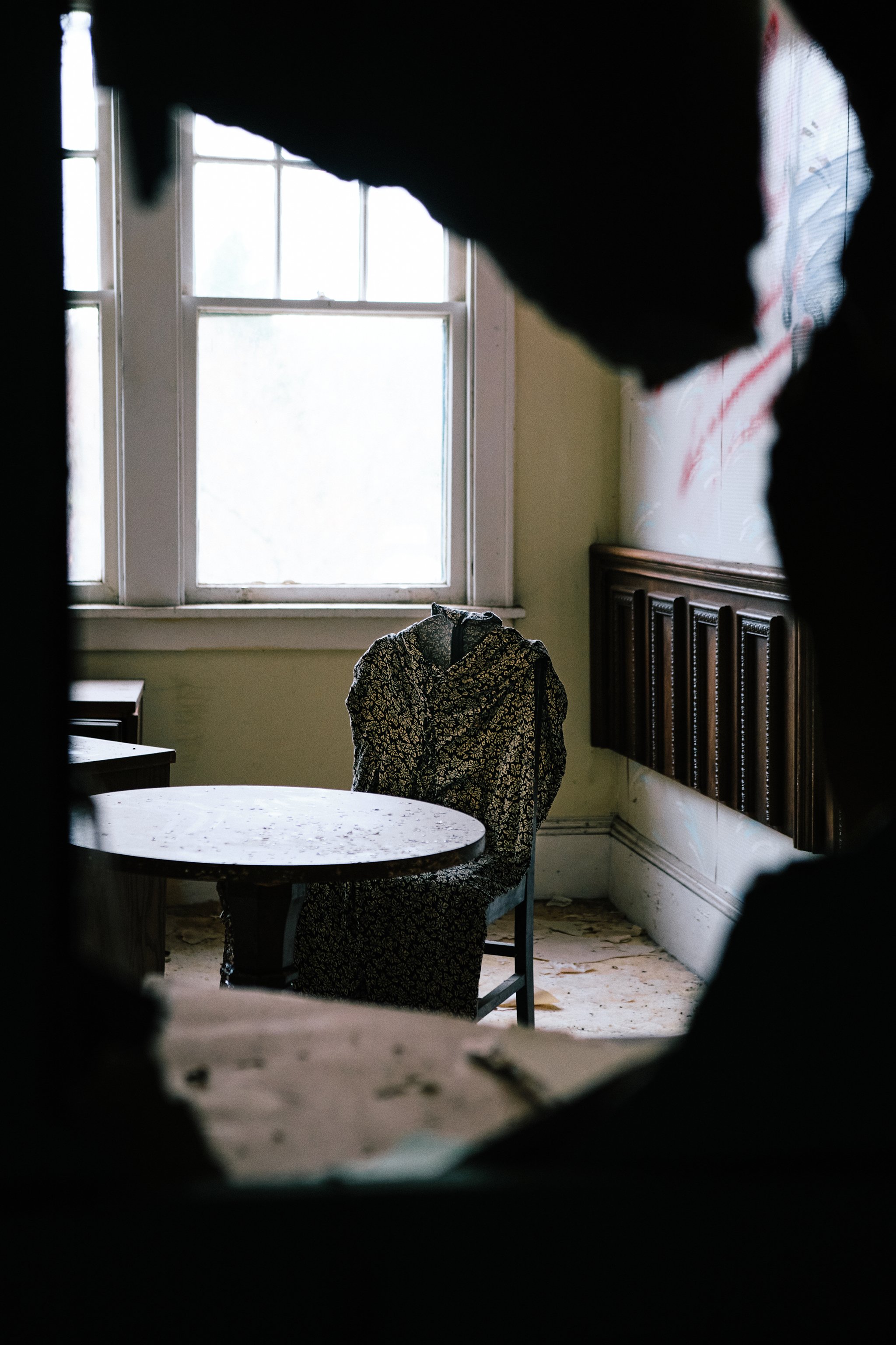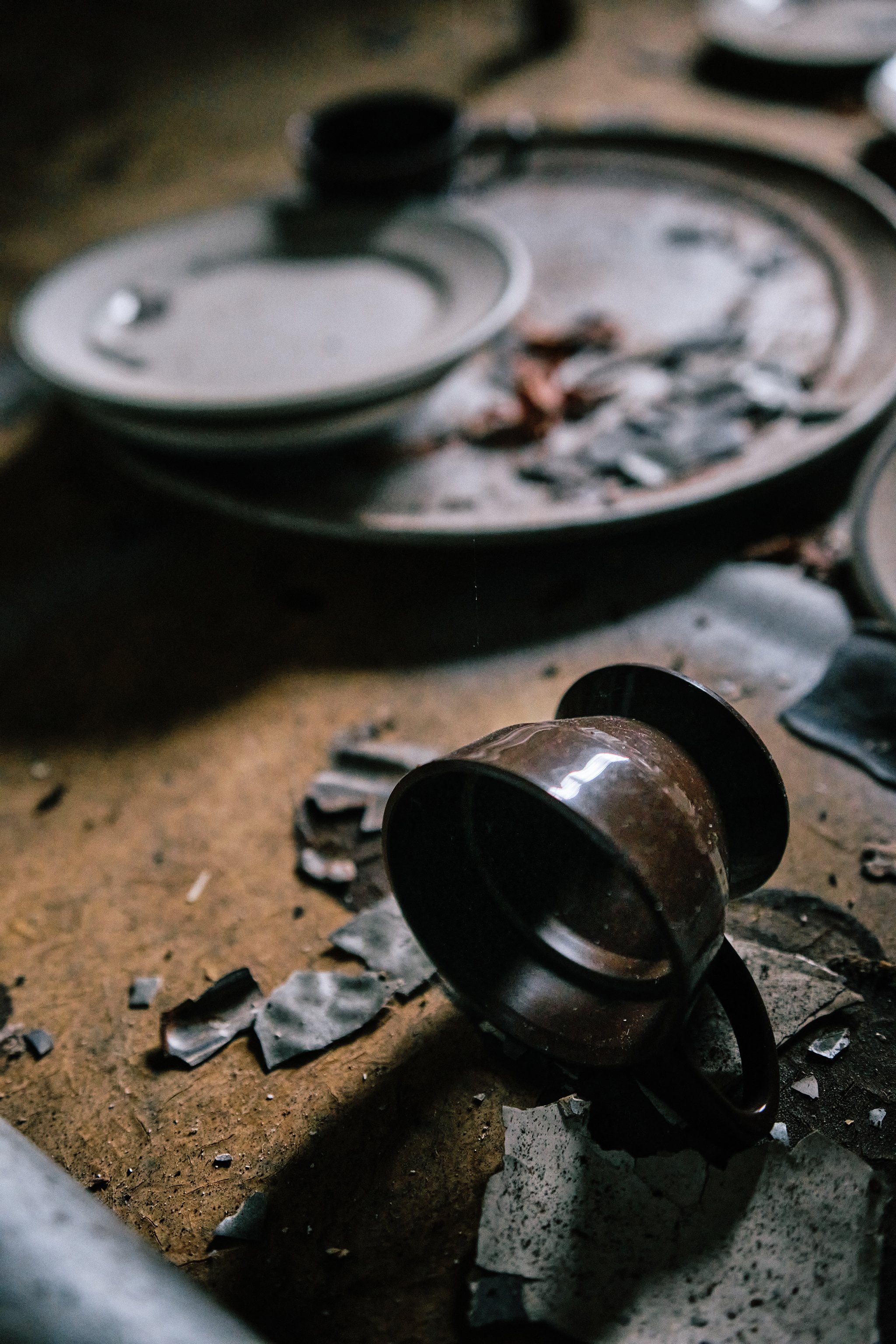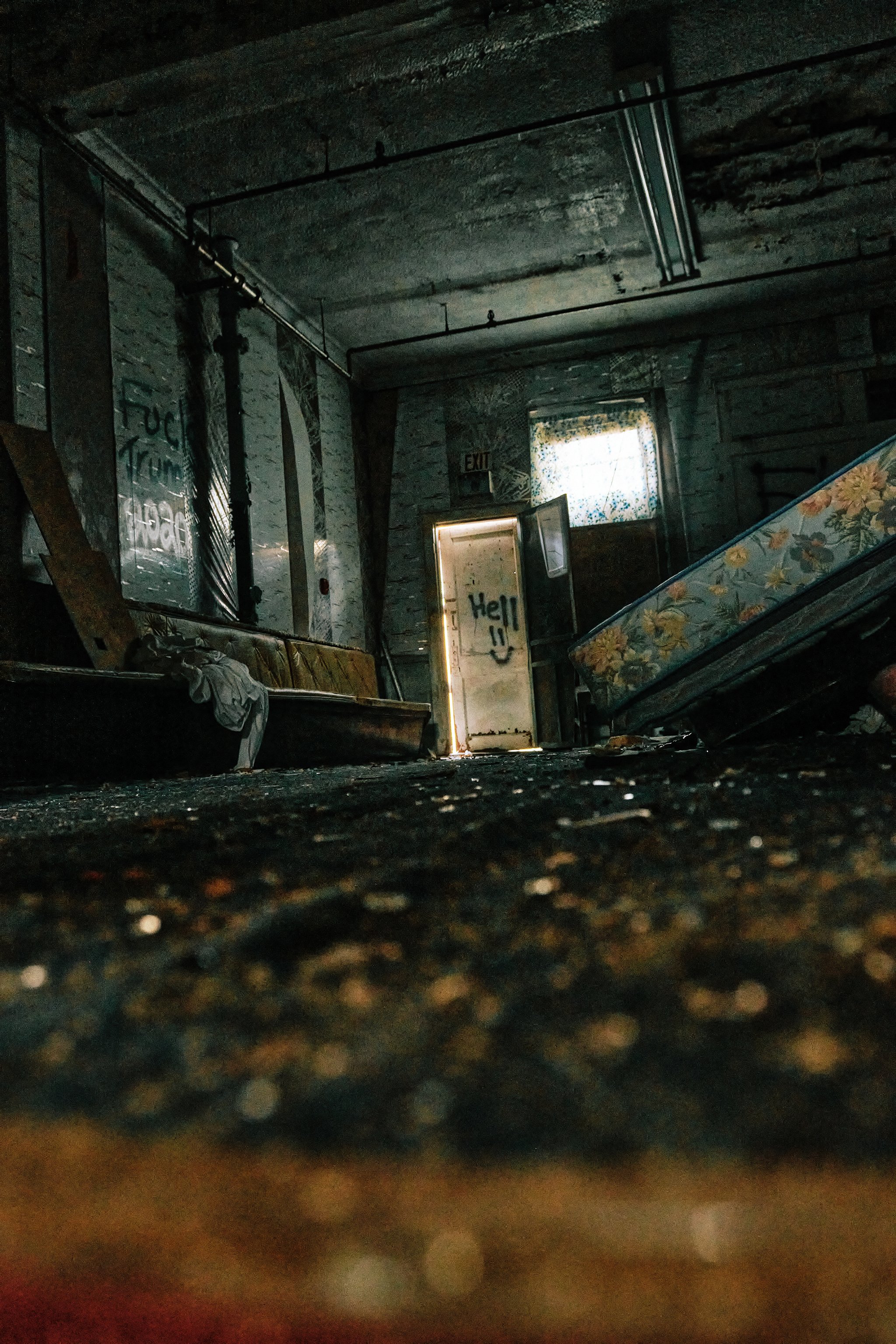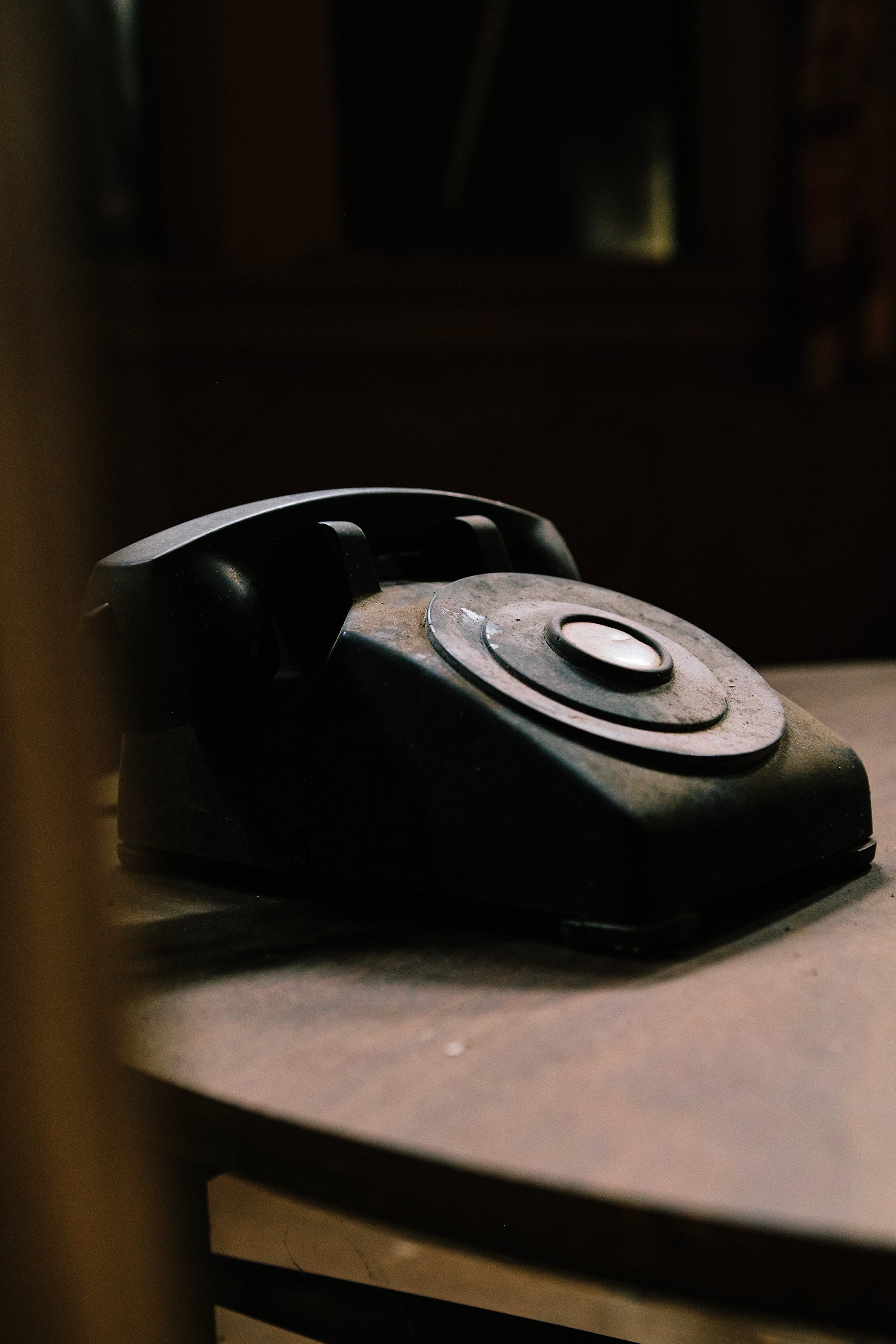Blog
The “Buck”et Shot
There’s this funny thing about photography: every time I go out with a specific shot in mind, it almost never happens. Instead, the best moments find me when I’m least expecting it. This past week, I learned that lesson once again during a walk at Peebles Island State Park in Cohoes, New York, where I set out to photograph ducks and ended up face-to-face with a beautiful buck.
Let me set the scene: it was one of those perfect fall days when the world is drenched in reds, oranges, and yellows. Peebles Island sits where the Mohawk River, Erie Canal, and Hudson River converge, creating a uniquely scenic backdrop. The late afternoon sun was just starting to dip below the trees, casting this incredible golden glow over the landscape. I had spotted a few ducks in a particular area earlier that week, so I lugged my camera gear in my backpack, hoping to capture them in the same spot. Spoiler alert: the ducks had other plans.
After a quick (okay, maybe not so quick) search, it became clear I wasn’t getting the photo I was looking for, but I wasn’t quite ready to pack it in. So, I left my camera out and decided to meander back along the trail, soaking in the sunset. And that’s when it happened.
As I rounded a bend, I noticed something back up in the tree line above me on the path. Standing just 20–25 yards away was this beautiful buck, staring right at me. Normally, deer bolt at the first sign of movement, but this guy? He held his ground. We just locked eyes—me, trying to keep my cool, and him, looking like he was pondering what I was doing. Slowly, I raised my camera, fully expecting him to dart away, but instead, he just stood there, calmly letting me photograph him. This has been on my photographic bucket list.
For a moment, I stopped taking photos and just soaked it all in. It was like he was posing, the golden sunlight highlighting every detail of his coat, the autumn leaves adding the perfect pop of color in the background. I couldn’t believe my luck. The wildest part? The urge to share this magical moment with someone kicked in, and I found myself reaching for my phone.
I FaceTimed my father-in-law. We’ve shared a few deer sightings before, but usually, they vanish long before I can get a shot. I knew he’d get a kick out of this one. When he picked up, I whispered, “I have to show you something.” I slowly flipped the camera to the buck, and his reaction was priceless—a mix of awe and the classic “Did you get the picture?!”
After we hung up, I spent a little longer with my unexpected model. He stayed put, as if he was giving me the green light to snap as many photos as I wanted. When I finally turned to leave, he just watched me walk away.
Sometimes, I feel like moments like these are arranged by some unseen force—a little nudge, a reminder that I don’t choose the photos; they choose me. That evening, I set out to photograph something totally different, but I left with an unforgettable encounter, a few incredible shots, and the feeling that maybe, just maybe, that buck had been waiting for me.
THE FLUSHED AND THE FURIOUS
THE FLUSHED AND THE FURIOUS
The Summit Conservation Club's 2nd Annual Outhouse Races
The Summit Conservation Club's 2nd Annual Outhouse Races
The town of Summit, NY, was recently shaken with a whirlwind of excitement as the 2nd Annual Summit Conservation Club Outhouse Races took center stage. Under overcast clouds, the atmosphere shifted, and the laughter and good times that ensued lifted the gloom away, leaving only the echoes of joy.
Imagine a race where the participants aren't speeding down a traditional track but rather navigating a semi-circular, muddy course on outhouse sleds. Yes, you read that right – outhouse sleds! The teams took the concept of racing to new heights, building their sleds around the structure of an outhouse. One team member had to sit within the outhouse, while the rest of the team pushed and steered the sled. The sled could have skis or wheels for maneuvering the course.
Before the race, organizers desperately tried to add the little snow available to the track, hoping it would lend some traction to the impending chaos.
The Summit Conservation Club created this eccentric event as a way to combat the winter blues. Recognizing the need for a quirky and entertaining activity during the colder months, they birthed the idea of racing outhouses around a track.
As teams geared up for the race, the creativity in team names stole the spotlight. Teams like "Yabba Dabba Poo" and "Love Shat" had the crowd in stitches before the race even began. The witty and humorous team names set the tone for the light-hearted competition that was about to unfold.
The muddy track added an extra layer of fun, turning the race into a slippery spectacle. Teams struggled to keep their footing, and outhouse rides collided, jockeying for position as if they were in a high-stakes Formula 1 race. The atmosphere was electric, and as a spectator, you couldn't help but feel like you were about to be run over and taken for a ride yourself.
Amidst the chaos, one unfortunate team experienced the ultimate mishap – their outhouse fell apart into the inevitable crapper. However, rather than dampening spirits, the incident only fueled the joy and laughter emanating from the racers' faces. Good sportsmanship prevailed, and the camaraderie among teams added an extra layer of charm to the event.
The races were organized in a round-robin style, with two teams facing off at a time. While the competitive spirit was alive and well, it quickly became apparent that the true winner of the day was the spirit of fun and community. At the end of the day, the results were secondary to the good times had by all and the money raised for a charitable cause – The Joshua Project.
In a world filled with serious competitions and high-stakes events, the 2nd Annual Summit Conservation Club Outhouse Races reminded everyone that sometimes, all you need is a little laughter, creativity, and the willingness to race on an outhouse sled to make a difference in the community. Here's to flushing away the mundane and embracing the hilarity that comes with racing outhouses!
Follow the Summit Conservation Club on Facebook HERE
Learn more about The Joshua Project in Schoharie County HERE
FULL GALLERY
FROZEN IN TIME
Nestled deep within the rugged beauty of Essex County, Vermont, lies the East Mountain Air Force Radar Station, a relic from the Cold War era.
Nestled deep within the rugged beauty of Essex County, Vermont, lies the East Mountain Air Force Radar Station, a relic from the Cold War era. Recently, I embarked on a journey with my father-in-law to explore this abandoned station, perched atop East Mountain. Little did we know that the adventure would be as treacherous as it was awe-inspiring.
Our expedition began with a bone-chilling drive along winding logging roads. The recent snowfall had turned the path into a slippery, white-knuckled journey. My father-in-law skillfully navigated the snowy terrain, determined to reach the trailhead where our hike would commence. The journey up to the abandoned radar station was already proving to be an adventure before it had even begun.
We parked the Truck near the barracks and explored around before we embarked on a 2.8-mile hike through a winter wonderland blanketed in fresh snow. The crisp air and snow-covered landscape created a serene backdrop as we ascended the mountain, eagerly anticipating the sight of the long-forgotten radar station.
As we reached the summit, the temperature plunged from the relatively mild 30s into the teens. The cold snap only intensified the surreal feeling of standing before a structure frozen in time. The East Mountain Air Force Radar Station, constructed in 1955 during the tense years of the Cold War, had been abandoned in 1961. The sight of the stark, imposing buildings against the wintry landscape left us in awe, contemplating the history that had unfolded here.
The snow-covered ground, however, presented its own set of challenges. The thick blanket of snow made exploration treacherous; we couldn't discern whether the ground beneath us was safe. The once-military facility now stood as a ghostly testament to the passage of time, surrounded by the hushed stillness of the snowy wilderness.
Our excitement and curiosity were cut short by the incoming snowstorm, dropping temperatures, and the sudden onset of fog. The adverse weather conditions forced us to shorten our stay, leaving the East Mountain Air Force Radar Station to the elements once more. It was a reminder that nature had reclaimed this once vital outpost, further emphasizing the transient nature of human structures in the face of the relentless march of time.
Our journey to the East Mountain Air Force Radar Station was a captivating blend of adventure, history, and the raw beauty of Vermont's winter landscape. As we descended the mountain, retracing our steps through the snow-covered trails, we couldn't help but reflect on the fleeting nature of time and the enduring allure of abandoned places that silently tell stories of the past.
Full Gallery
CLASSIC DREAMS
A Summer Spent Capturing the Essence of Classic Cars
A Summer Spent Capturing the Essence of Classic Cars
There's something timeless about classic cars, a nostalgic portal that takes us back to a different era – an era of the American dream, craftsmanship, and the open road. This past summer, I embarked on a journey to capture the essence of these vintage vehicles, delving into their history, style, and the cherished memories their owners hold dear. Armed with my trusty Fuji XT-5, with its retro dials reminiscent of film days, I set out to document the beauty and stories behind these automotive gems.
Classic cars represent more than just modes of transportation; they are symbols of an era gone by, a testament to the dreams and aspirations of a generation. The sleek lines, distinctive curves, and timeless design of these automobiles tell a story of craftsmanship and attention to detail that has often been lost in the modern age of mass production.
As I wandered through rows of classic cars, I couldn't help but immerse myself in their rich history. From the iconic muscle cars of the 1960s to the elegant luxury vehicles of the 1940s, each automobile had a unique tale to tell. The American dream was not just a concept; it was embodied in the chrome, leather, and steel of these rolling pieces of art.
Armed with my Fuji XT-5, I sought to capture the soul of these classic cars. The camera's retro dials and manual controls added an extra layer of nostalgia to my photography, echoing the simplicity and elegance of a bygone era. The cars, with their intricate details, became my muse, guiding my lens to tell a story with each click.
One of the most enjoyable aspects of my summer project was connecting with the passionate owners of these classic cars. Each owner was a custodian of history, dedicated to preserving the craftsmanship and memories embedded in their vehicles. Conversations with them were like stepping back in time, hearing tales of restoration projects, cross-country road trips, and the joy of passing on these treasures to the next generation.
Photographing these classic cars triggered a flood of personal memories. The metallic click of an all-metal seat belt, the warm glow of the setting sun cutting through dust-filled air – these sensory experiences transported me to my childhood, riding in my parents' car on cool summer night. It was a journey through time, a reminder of a simpler era.
The owners of these classic cars aren't just enthusiasts; they are caretakers, preserving joy and craftsmanship for generations to come. Their commitment to keeping these vehicles alive ensures that future generations can experience the thrill of a bygone era, appreciating the artistry and dedication that went into creating these timeless masterpieces.
As the summer sun set on my adventures with classic cars, I was left with a profound appreciation for the stories, memories, and dreams that these vehicles encapsulate. Each photograph became a window into the past, a visual narrative of the American dream on wheels. Through the lens of my Fuji XT-5, I witnessed the magic of classic cars and the people who keep their legacy alive, ensuring that the spirit of the open road and the joy of craftsmanship will endure for generations to come.
FULL GALLERY
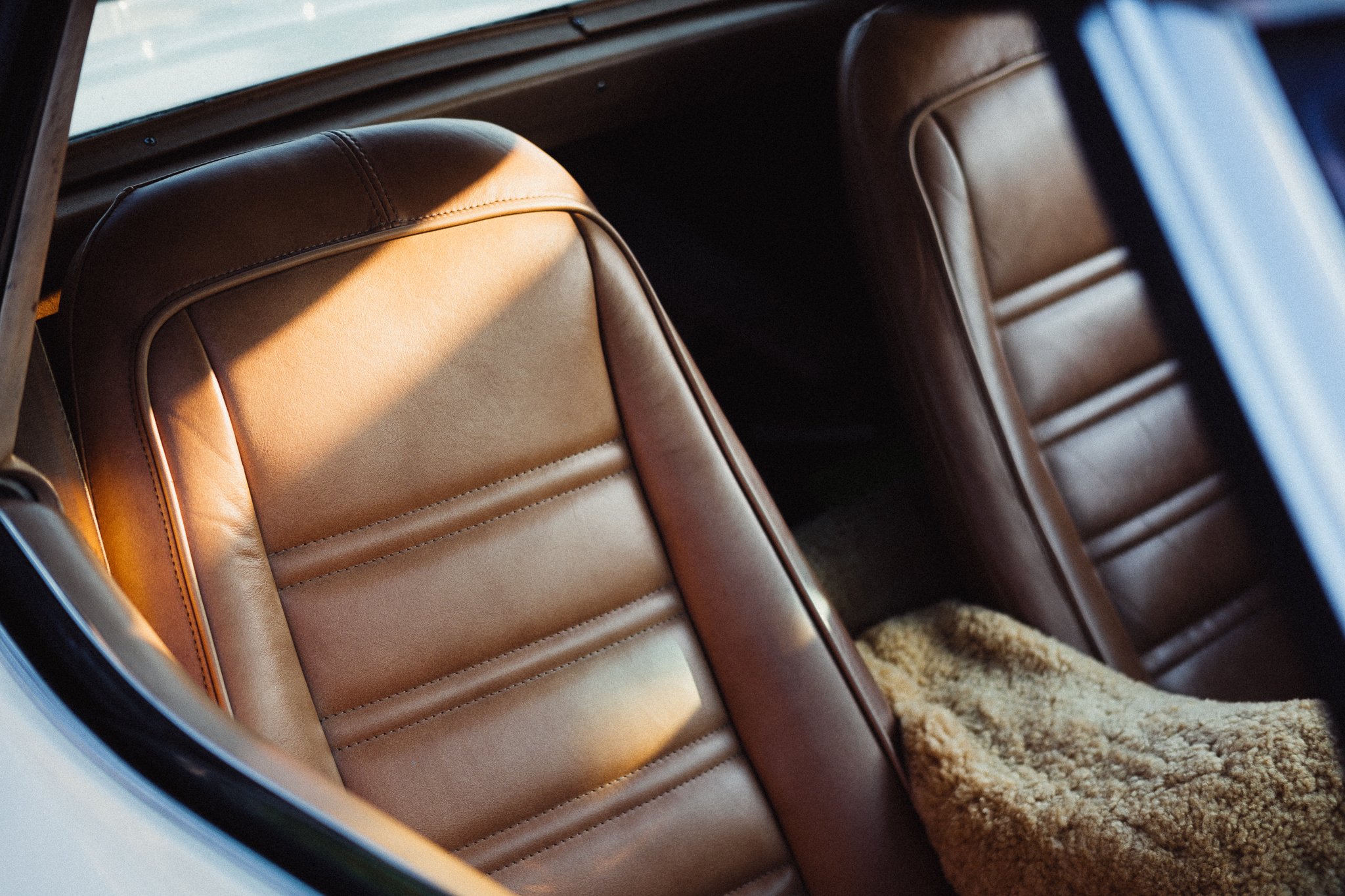
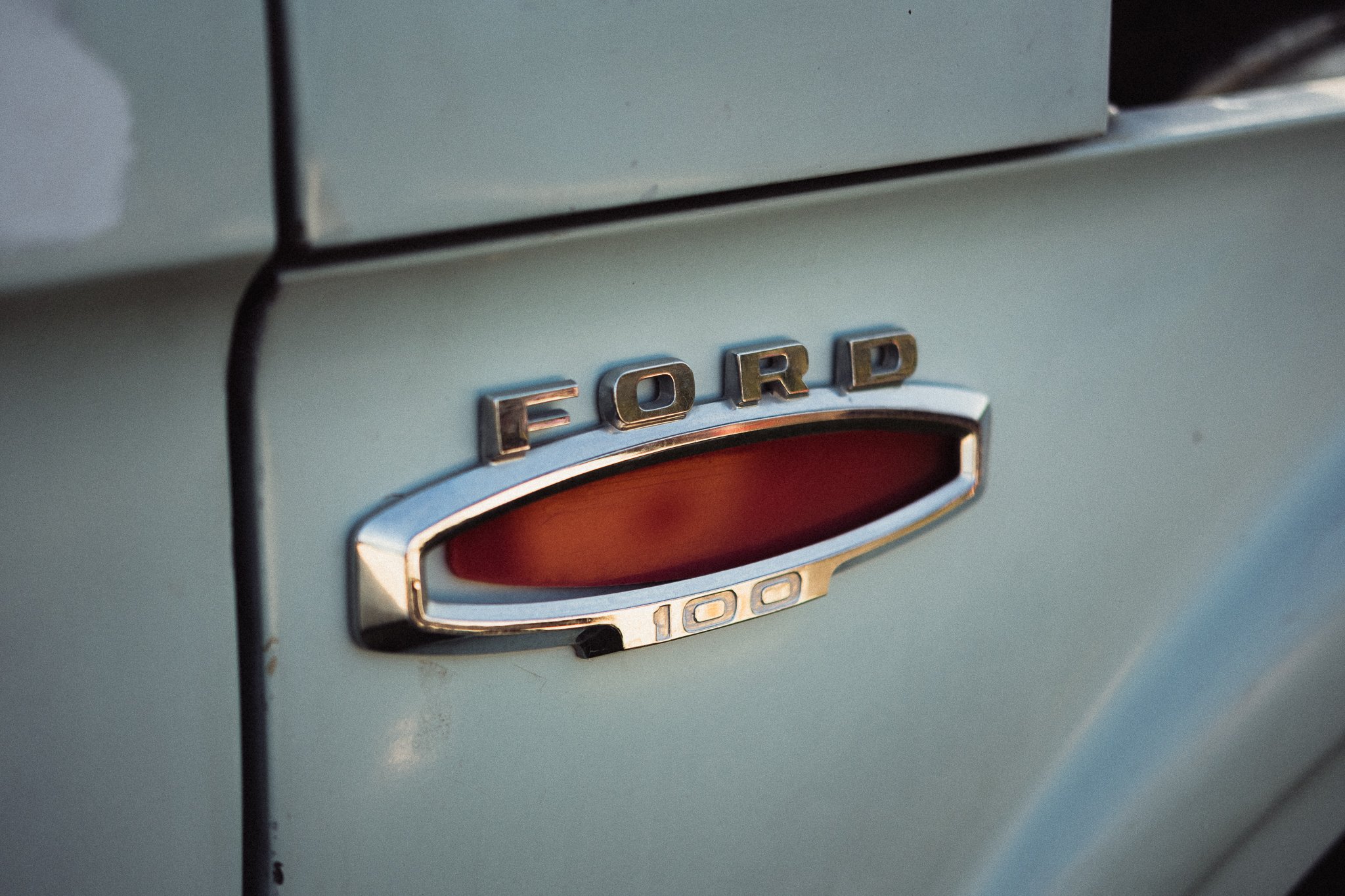



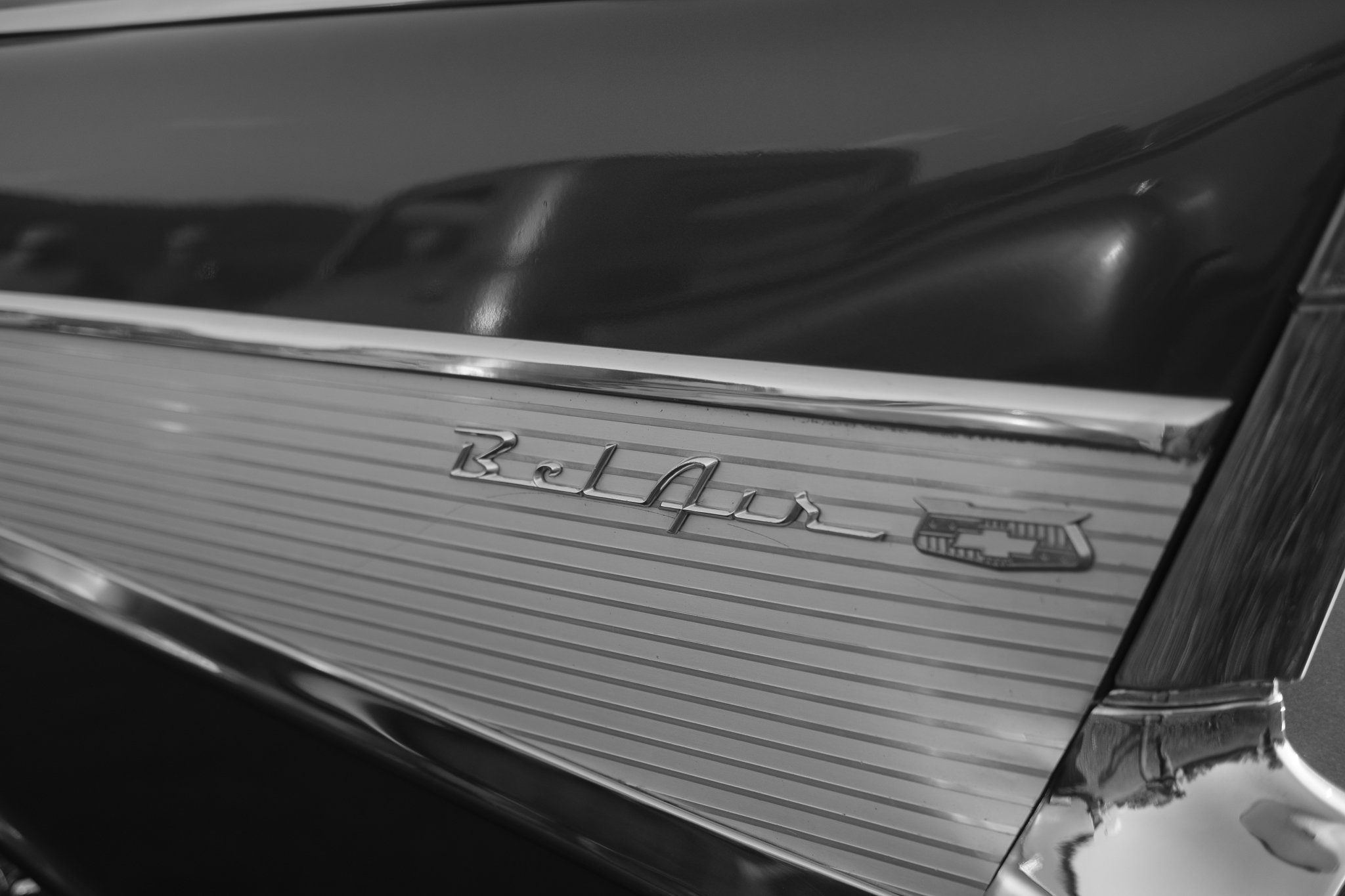





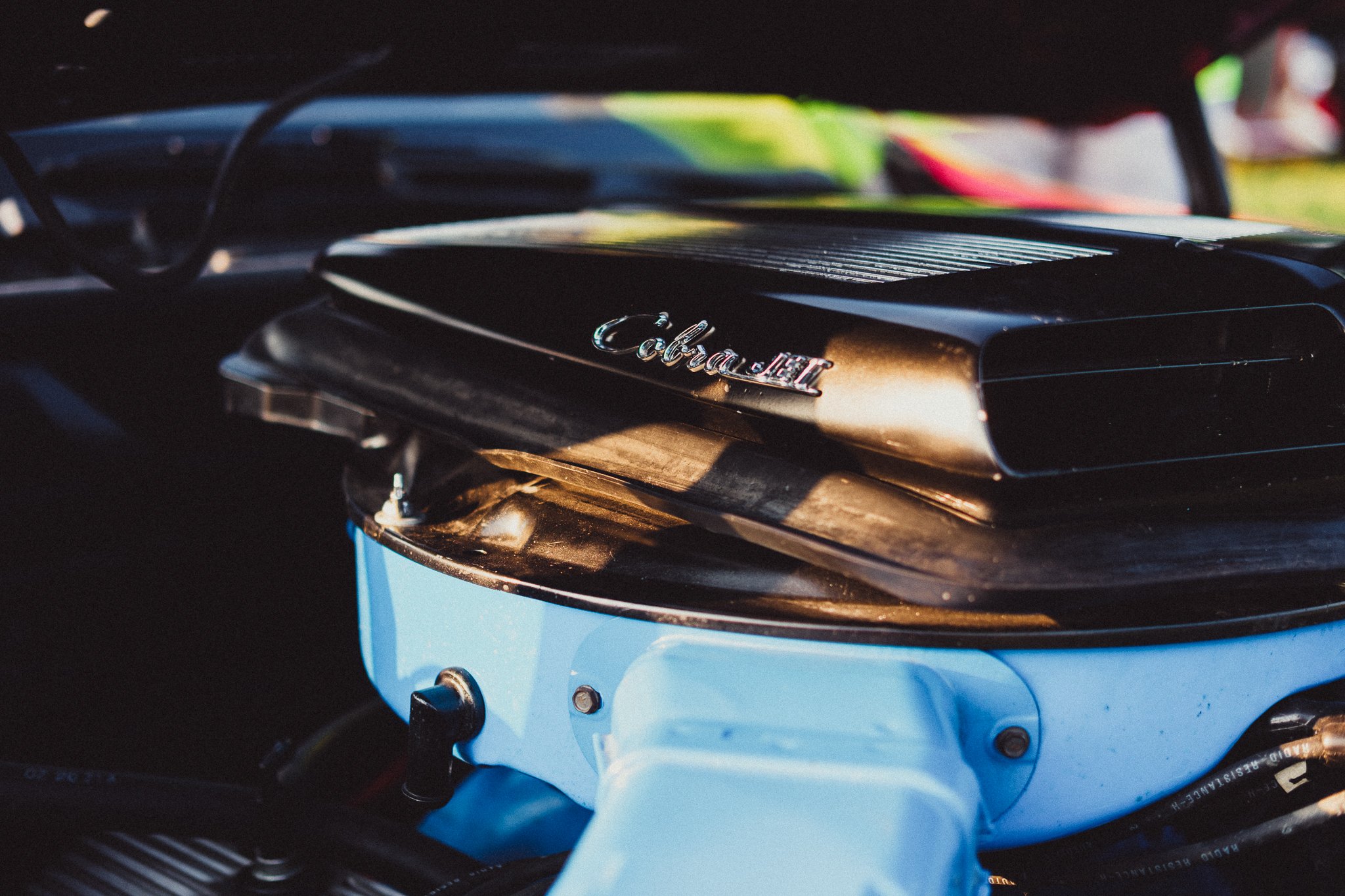






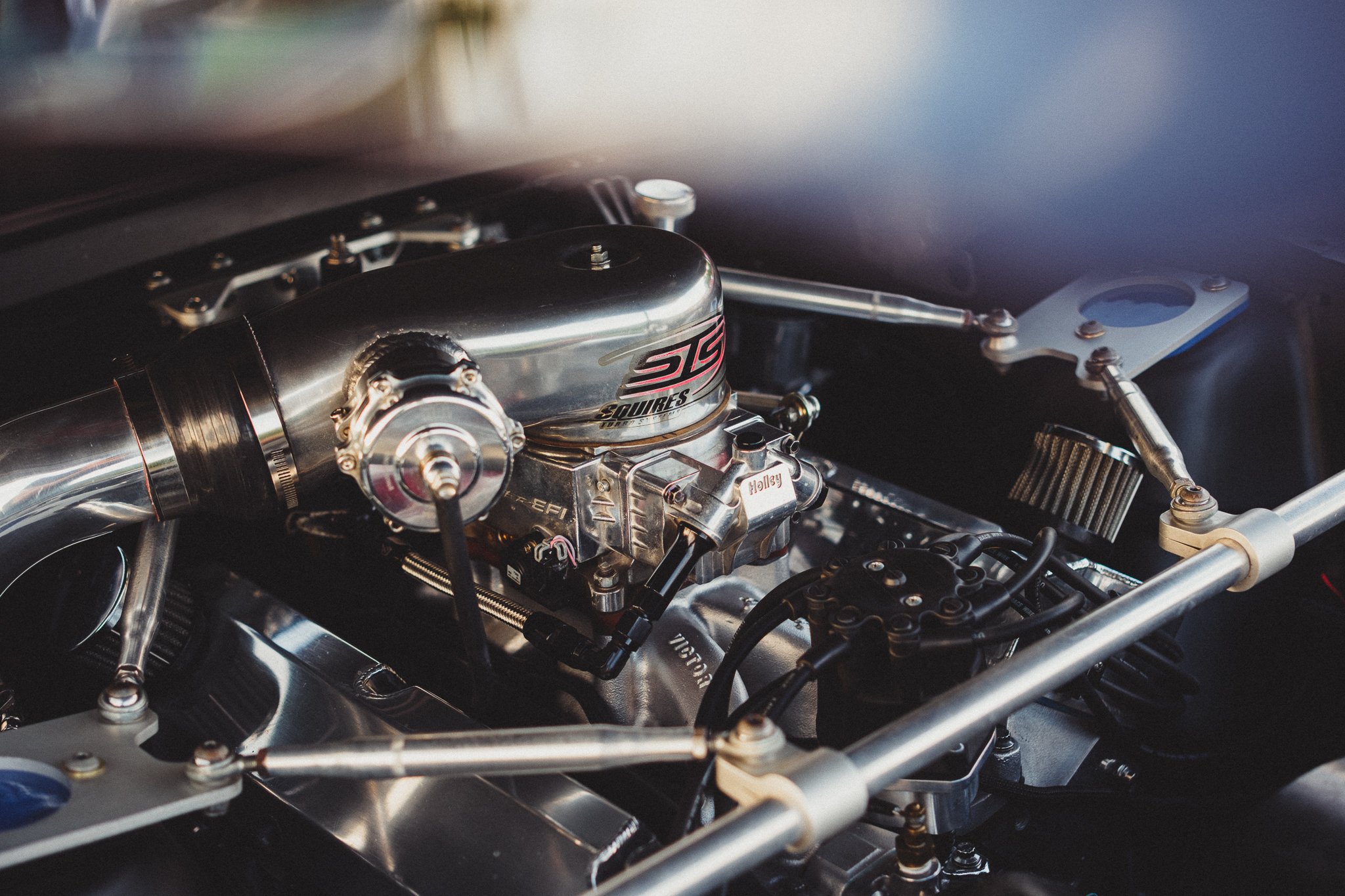








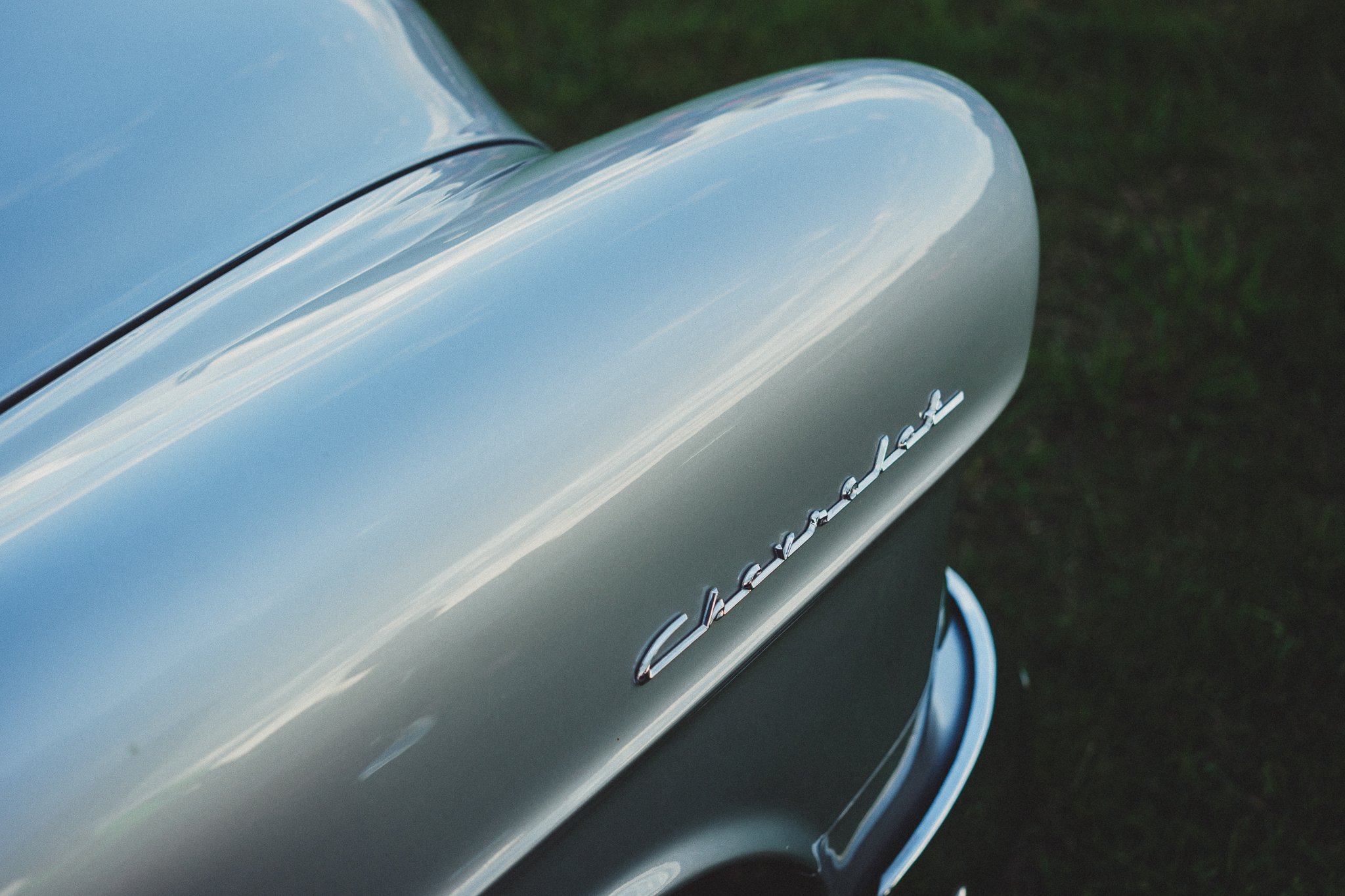



















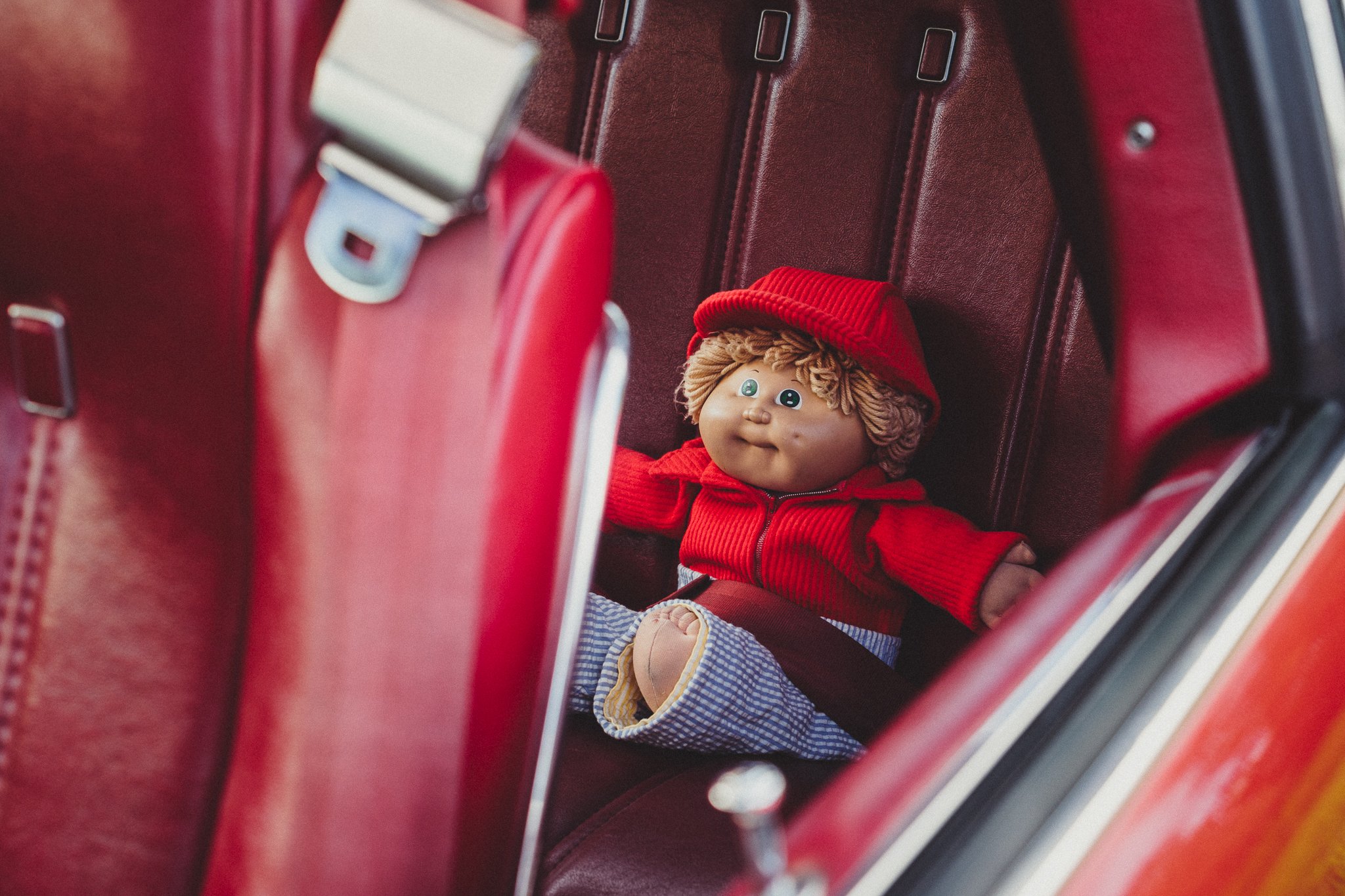











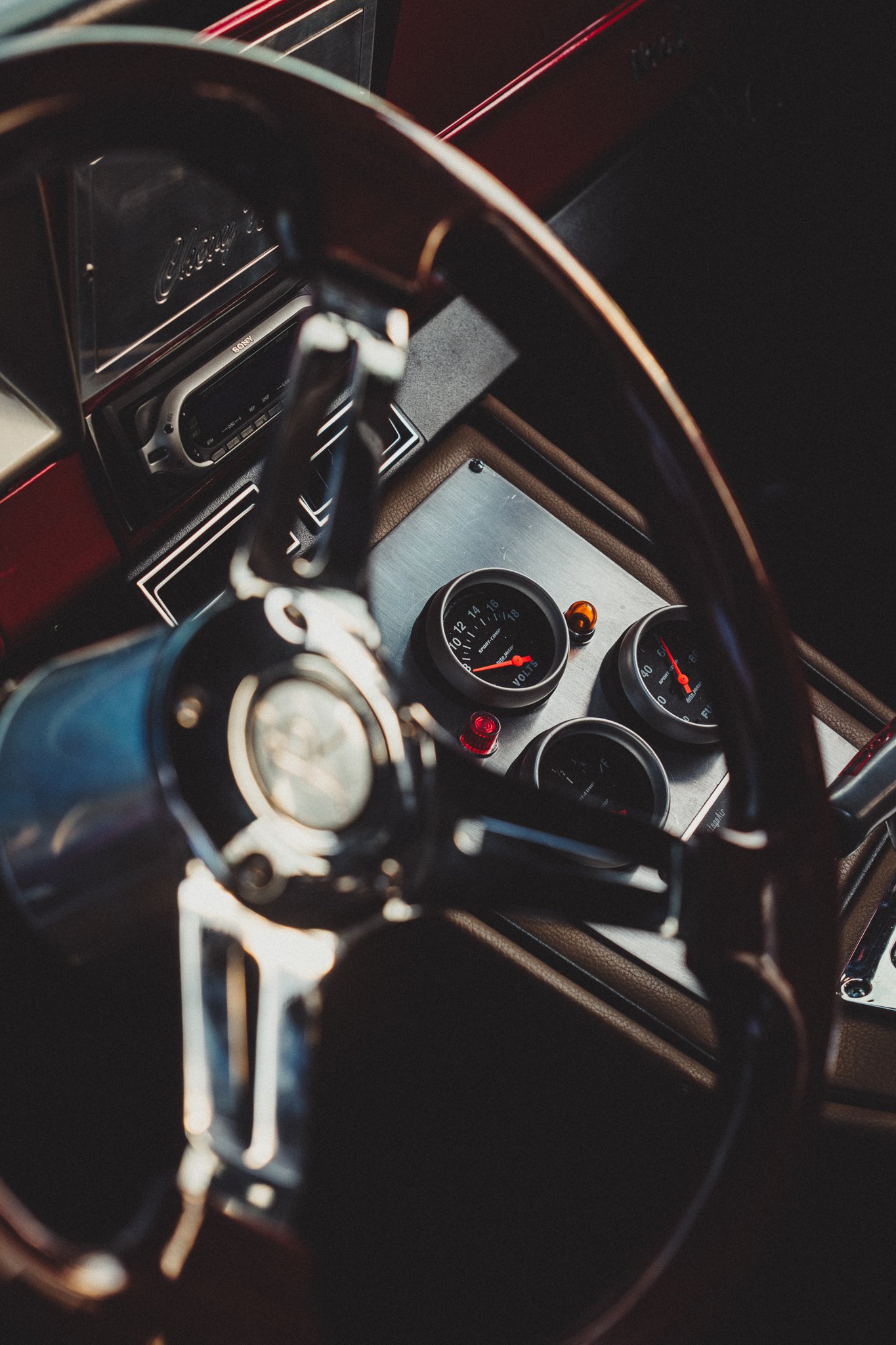










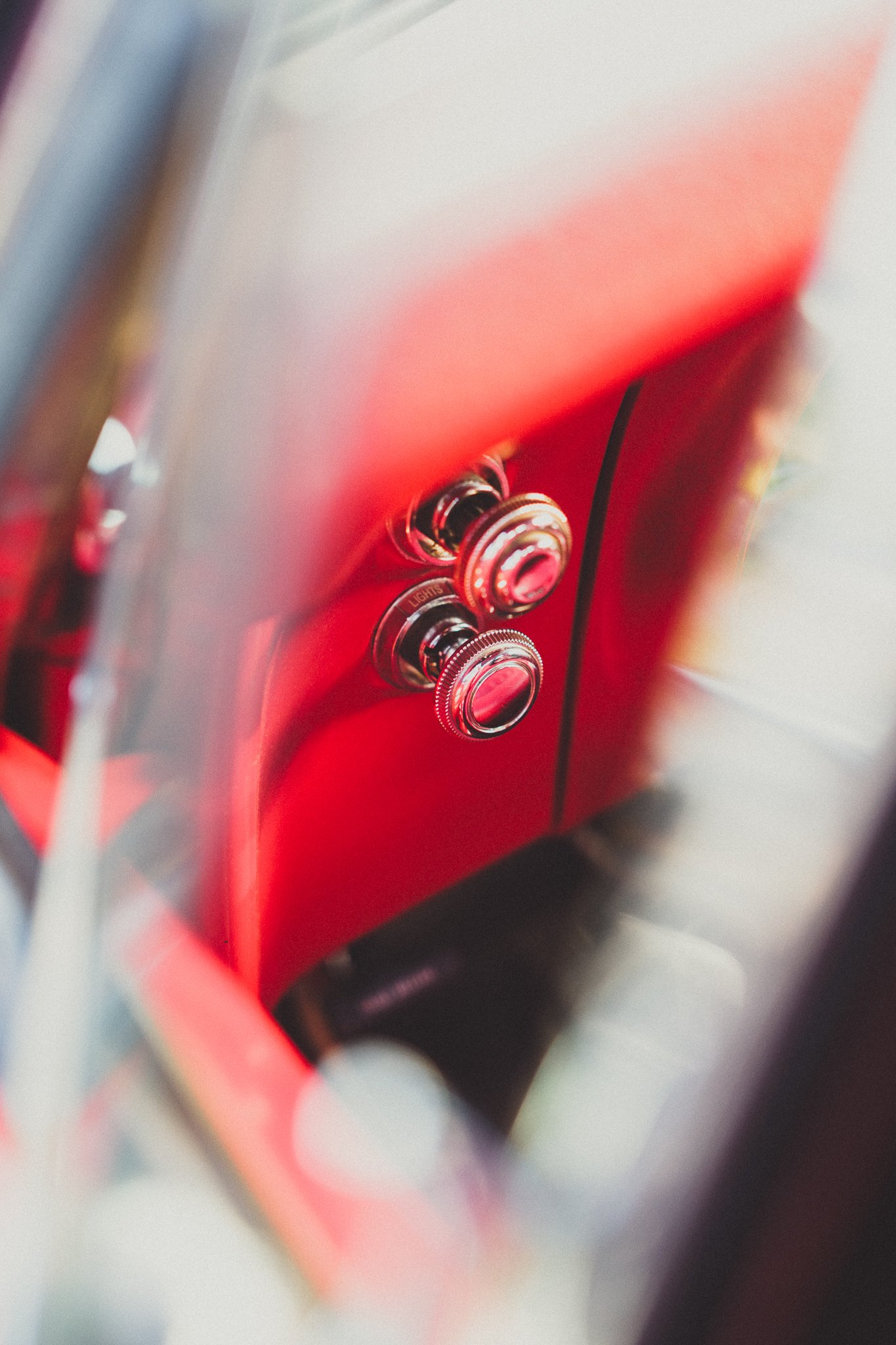

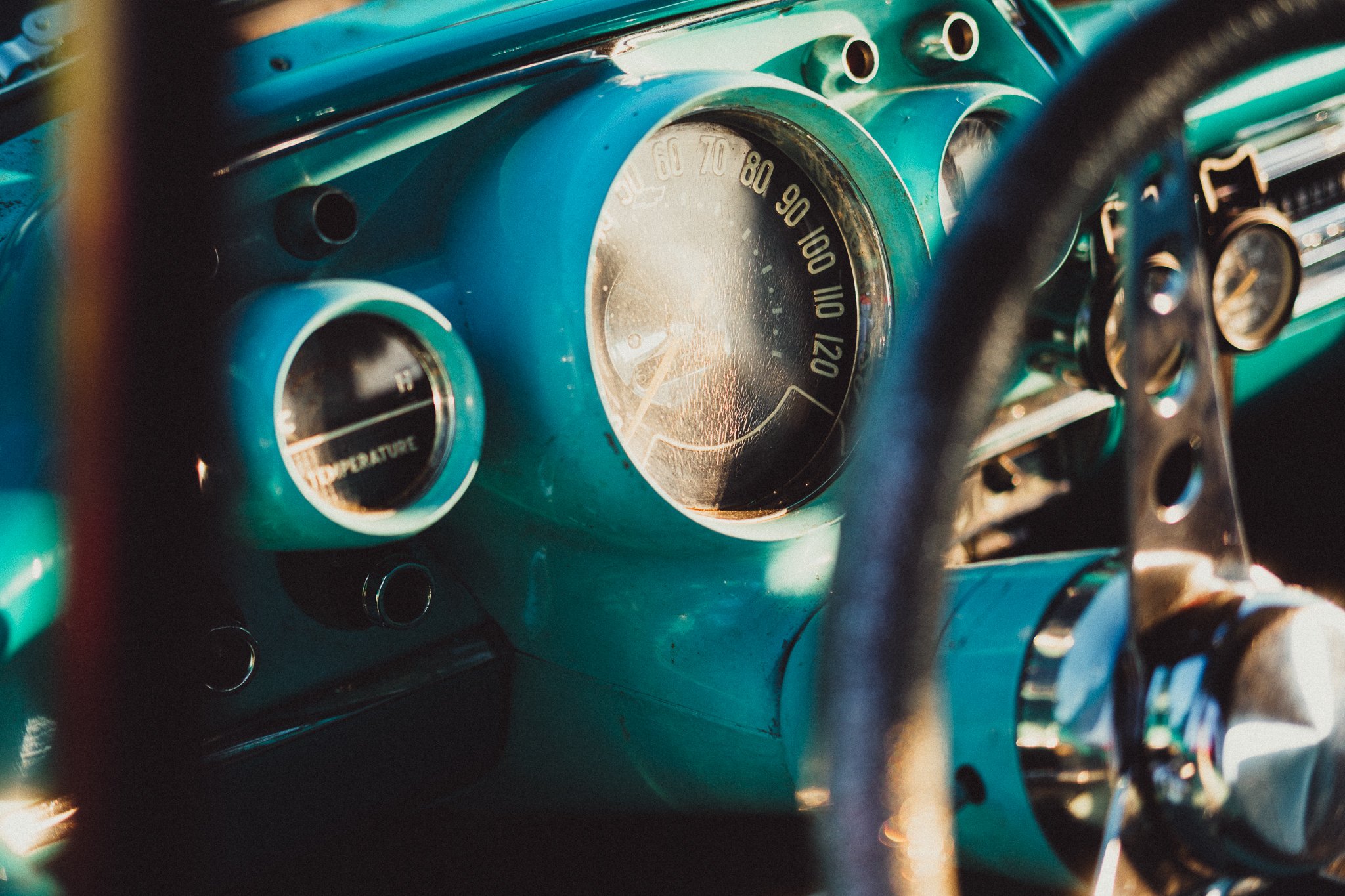



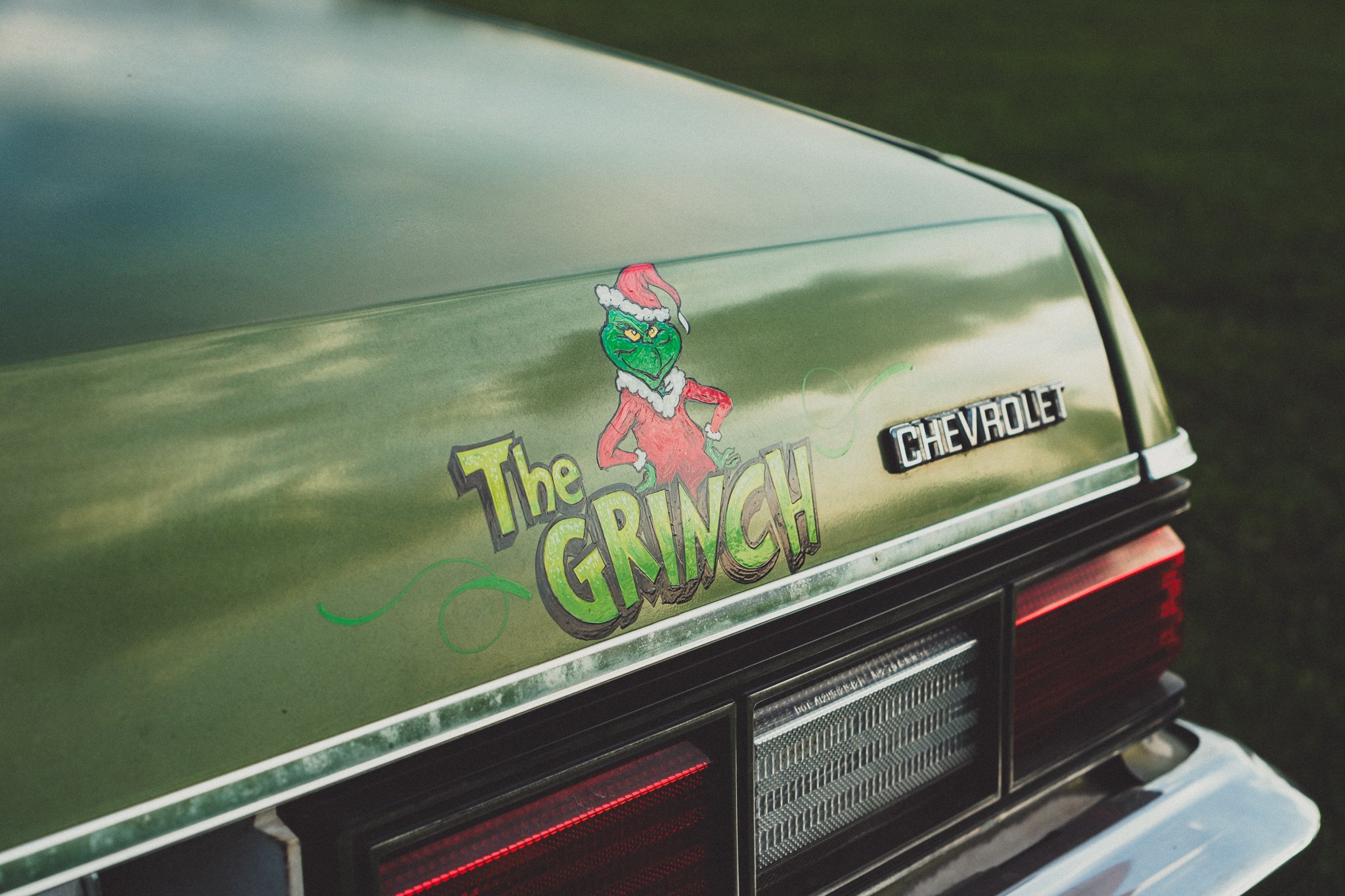
THE HOTEL ADLER
An Exploration of an Abandoned Haven in a Time Forgotten
Nestled in the quaint town of Sharon Springs, New York, the Adler Hotel stands as a silent testament to a bygone era. Erected in 1929, this once majestic five-story structure boasted 150 rooms and was renowned for its therapeutic sulfur spa, drawing a primarily Jewish clientele seeking respite during the summers.
I had the unique opportunity to explore this abandoned relic of the past alongside a fellow photographer, armed with my trusty Fuji XT-3 and a sense of trepidation. As we approached the entrance, the looming silhouette of the hotel against the overcast sky set the stage for an exploration into the unknown.
The Adler Hotel's grandeur may have faded, but its haunting presence remained. The soft, diffused light from the overcast sky lent an eerie atmosphere to the interior, casting shadows in places where the light struggled to penetrate. As we stepped through the threshold, the air was thick with the weight of decades of abandonment, and the creaking floorboards beneath our feet amplified the uneasy silence.
The adrenaline-fueled journey through the corridors and rooms brought a sense of foreboding reminiscent of scenes from horror films. Every step taken with caution, unsure if we were truly alone or if the dilapidated structure housed unexpected inhabitants seeking refuge from the brisk November weather.
The rooms revealed a poignant narrative of decay and neglect, each space telling a unique story of its own. Some rooms were adorned with graffiti, a canvas for expressions of those who had ventured here before us. In contrast, others seemed frozen in time, as if life had abruptly ceased, leaving behind a haunting stillness.
My camera, an extension of my eye, captured the dichotomy of the Adler Hotel's deterioration. The juxtaposition of vibrant vegetation reclaiming its territory and the desolation of forgotten memories etched on the walls created a visual poetry that spoke volumes about the passage of time.
Exploring the Adler Hotel was an emotional rollercoaster, as each room held the promise of a new discovery. The wonder and fascination of witnessing the architectural decline merged with the sadness that this once vibrant establishment now stood as a relic, surrendering to the inexorable march of time.
In the end, the Adler Hotel stands as a silent witness to the changing tides of history. Looking out, it merges with the earth, becoming one with the natural forces that reclaim what was once a hub of activity and life. As I reflect on the echoes of the past captured through my lens, the Adler Hotel remains an indelible chapter in the annals of time, a poignant reminder of the transience of human endeavors.
FULL GALLERY










